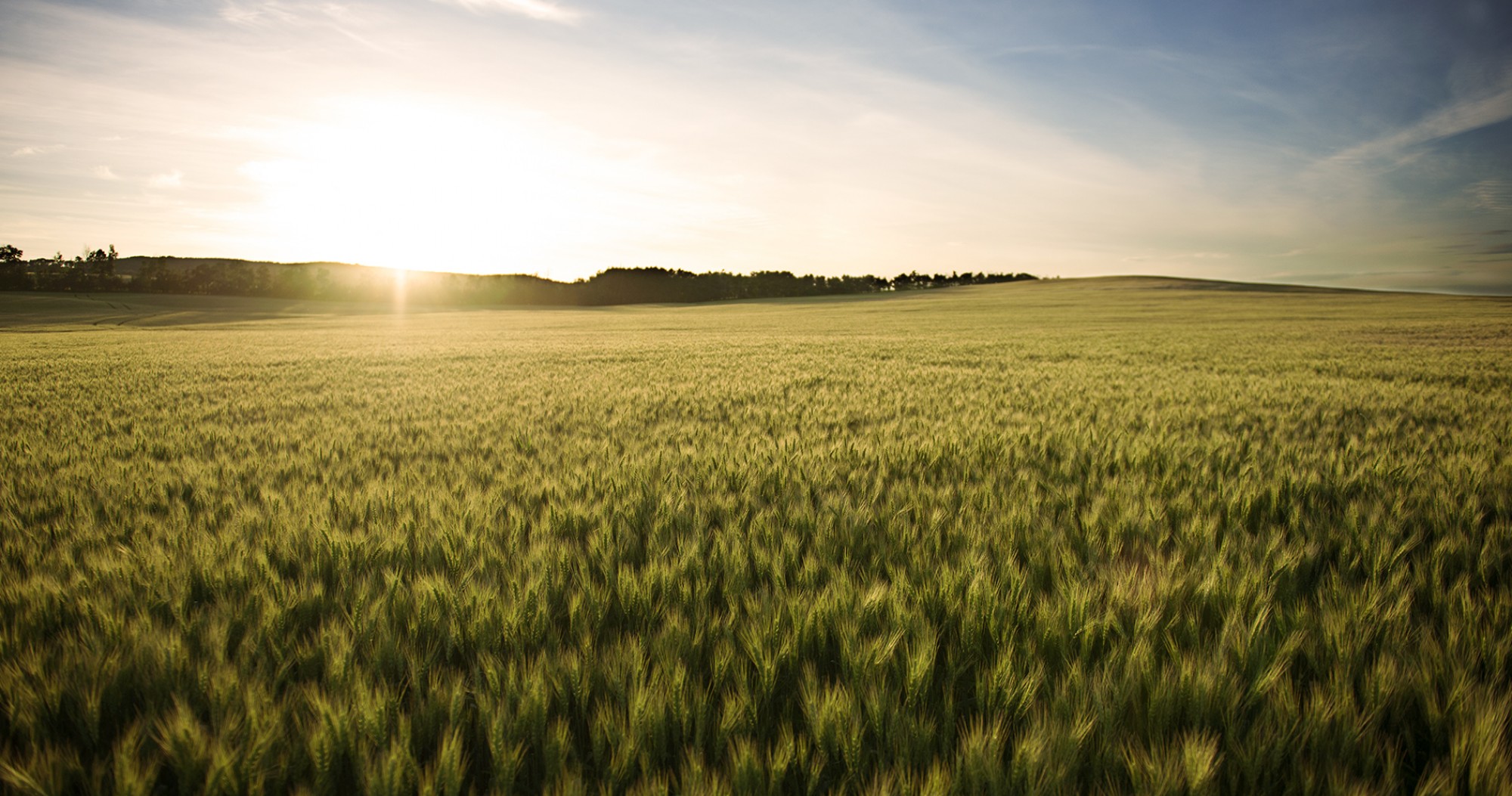Breeding a top research priority for Alberta farmers
Historically, research has been a significant and prioritized investment for Alberta Grains.
Halfway through the first year of amalgamation, the commission remains focused on supporting research projects that aim to improve crop management, reduce input costs and environmental impact, as well as increase yield and grain quality.
Developing improved wheat and barley genetics along with best management practices are vital to helping farmers adapt to changing environments, government policies, domestic and international market demands, while maximizing profits for Alberta farmers.
Over the past decade, Alberta Grains has invested $31 million in research projects, with 70 per cent allocated to breeding and 30 per cent to agronomy research. Alberta Grains participates in several collaborative funding calls each year.
Biennially, Alberta Grains conducts a review of internal research priorities to guide investment allocation and address the ongoing challenges Alberta wheat and barley producers face. In 2022, the main priorities identified by growers and researchers alike were yield production and protection, which encompass a wide range of topics.
In November 2023, Alberta Grains launched their Research Priority Survey inviting provincial partners to provide input by identifying and prioritizing critical research needs for the grain industry. The data provided outlined the genesis in developing a research strategy to guide Alberta’s future wheat and barley production.
The main goals of this survey were to:
- Align research investments with the needs and expectations of producers and end users
- Influence the direction and funding of grain research by the Government of Canada and other partners
- Provide a comprehensive overview of Alberta’s current and ongoing grain research projects
- Enhance collaboration and coordination among researchers, funders, and stakeholders
- Avoid duplication and gaps in research and ensure sufficient resources for critical areas
Closing at the end of January 2024, the survey received over 100 responses providing invaluable feedback from an array of different members of the agriculture industry from all regions of Alberta including farmers, researchers, agronomists, seed growers, brewers, agriculture field men and independent consultants.
The top research priority selected by 56 per cent of the respondents was breeding, followed by agronomy practice (33 per cent), soil-related research (eight per cent) and technology (three per cent). These priorities were divided into the following research issues to provide further insight.
Breeding
- Improvement in breeding techniques (genome, AI)
- Drought-resistant varieties
- Nitrogen-efficient varieties
- Solid stem varieties
- Disease resistance varieties
- Short season varieties
Technology
- Meta-analysis of wheat and barley agronomy research on the Prairies to understand what has been explored under the 4R management system
- Cost evaluation of VR, drone spraying, AI biological products, chemical alternatives, amendments, and digital technology in actual farm application
Agronomy
- Genotype-environment-management studies on new wheat and barley varieties
- Integrated pest management (sawfly, wheat midge, cereal leaf beetle and grasshopper)
- Resistant weed management (wild oats, kochia, cleavers)
- Herbicide and fungicides alternatives
- Integrated weed management
- Integrated disease management
- Sprayer and chemical application innovative technology
- Improved decision-making tools for crop sustainability
- Harvest and post harvest management (reduce shattering and sprouting, storage grain quality)
Soil and Environment Research
- Soil amendments that can enhance moisture retention and soil properties
- Methods and practices of soil moisture retention in wheat and barley
- Nitrogen, phosphorus, sulphur and potassium management strategies, including new technology assessment and evaluation
- Integration of AI and other technologies for a healthy cropping system for best management practices
- Method to measure and reduce GHG emissions and enhance carbon sequestration
Tara Sawyer, chair of Alberta Grains, wasn’t surprised by breeding being the number one choice identified.
“There’s no question that the need for breeding will always be there — drought-resistant varieties, given the dry weather and lack of moisture we’ve had this winter are a prevalent topic lately. It’s no different than when we have years with a lot of moisture.
“When it comes to those types of weather-related things, we need good breeding to be able to properly respond to the unpredictable environment around us.”
Alberta Grains is a proud member of the Agricultural Funding Consortium in Alberta and participates in the Ag Development Fund process in Saskatchewan. Research proposals from other provinces are forwarded to us for consideration by our research partners. This process allows for an annual “one-window” approach to funding research.
Collaborative processes enhance the leveraging of producer funding by including multiple industry co-investors, as well as government sources. Alberta Grains also collaborates with research partners in national funding opportunities, such as Genome Canada and Sustainable Canadian Agricultural Partnership.
For more Alberta Grains’ research priorities, initiatives and projects currently underway, visit www.albertagrains.com/research.

